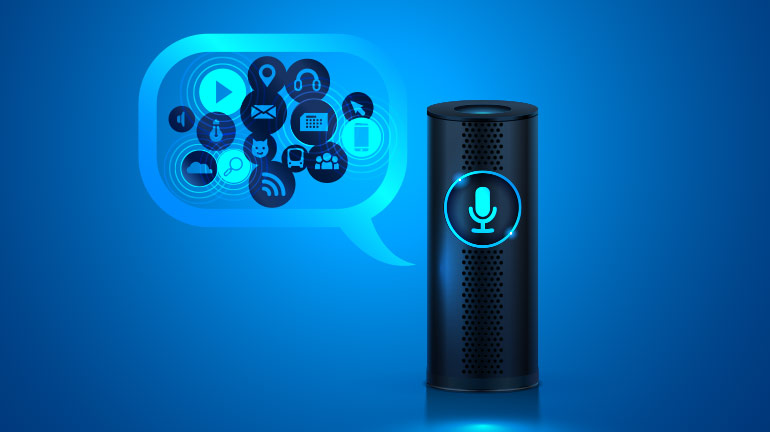

Children have always interacted with and conversed with plush toys. However, today their playthings are able to respond, due to a surge of companies integrating chatbots and voice assistants into children’s dolls.
This phenomenon has particularly gained momentum in China: A recent study by the Shenzhen Toy Industry Association and JD.com forecasts that the industry will exceed ¥100 billion ($14 billion) by 2030, expanding at a rate faster than nearly any other sector of consumer AI. According to the Chinese company registration database Qichamao, there are more than 1,500 AI toy manufacturers operating in China as of October 2025.
A new player in the market is a toy known as BubblePal, a gadget roughly the size of a Ping-Pong ball that clips onto a child’s beloved stuffed animal and enables it to “speak.” The device includes a smartphone application that allows parents to switch between 39 characters, including Disney’s Elsa and the traditional Chinese character Nezha. Priced at $149, 200,000 units have been sold since its launch last summer. It is produced by the Chinese firm Haivivi and operates on DeepSeek’s extensive language models.
Other enterprises are tackling the market from a different angle. FoloToy, another Chinese startup, offers parents the ability to personalize a bear, bunny, or cactus toy by training it to communicate in their own voice and speech style. FoloToy announced having sold over 20,000 of its AI-enhanced plush toys in the first quarter of 2025, nearly matching its total sales for the entire year of 2024, and it anticipates 300,000 unit sales this year.
Still, Chinese AI toy manufacturers are eyeing markets outside their own country. BubblePal was launched in the United States in December 2024 and is currently available in Canada and the UK as well. Meanwhile, FoloToy has expanded its reach to over 10 countries, including the US, UK, Canada, Brazil, Germany, and Thailand. Rui Ma, a technology analyst in China at AlphaWatch.AI, points out that AI products tailored for children are particularly relevant in China, where there is a well-established market for child-centered educational electronics—a market that is less pronounced internationally. FoloToy’s CEO, Kong Miaomiao, mentioned to the Chinese media outlet Baijing Chuhai that outside of China, his company is currently engaging early adopters interested in AI.
The rise of AI toys in China builds upon decades of consumer electronics explicitly designed for kids. As early as the 1990s, firms like BBK popularized devices such as electronic dictionaries and “study machines,” marketed to parents as tools for education. These hybrids of toys and electronics read text aloud, narrate interactive stories, and imitate the function of a playmate.
Nevertheless, the competition is intensifying—companies in the US have begun to create and market AI toys as well. Musician Grimes contributed to the development of Grok, a plush toy that converses with children and adapts to their personalities. Toy behemoth Mattel is collaborating with OpenAI to integrate conversational AI into brands like Barbie and Hot Wheels, with initial products expected to be revealed later this year.
Yet, feedback from parents who have purchased AI toys in China has been mixed. While many value their screen-free nature and strict parental controls, some parents report that the AI features can be finicky, causing children to lose interest quickly.
Penny Huang, from Beijing, purchased a BubblePal for her five-year-old daughter, who is mainly looked after by her grandparents. Huang hoped the toy could alleviate her daughter’s loneliness and decrease her persistent desires to engage with adults’ smartphones. However, the novelty diminished swiftly.
“The answers are excessively lengthy and verbose. My daughter loses patience quickly,” states Huang, “It [the role-playing] lacks immersion—merely a voice that sometimes seems out of context.”
Another user of BubblePal, Hongyi Li, experienced issues with voice recognition: “Children’s speech is often broken and indistinct. The toy frequently interrupts my child or misinterprets her words. It also still necessitates pressing a button to interact, which can be difficult for toddlers.”
Huang has recently put her BubblePal up for sale on Xianyu, a marketplace for secondhand items. “This is akin to many toys that my daughter engages with for five minutes before losing interest,” she remarks. “She prefers playing with my phone above all else.”

